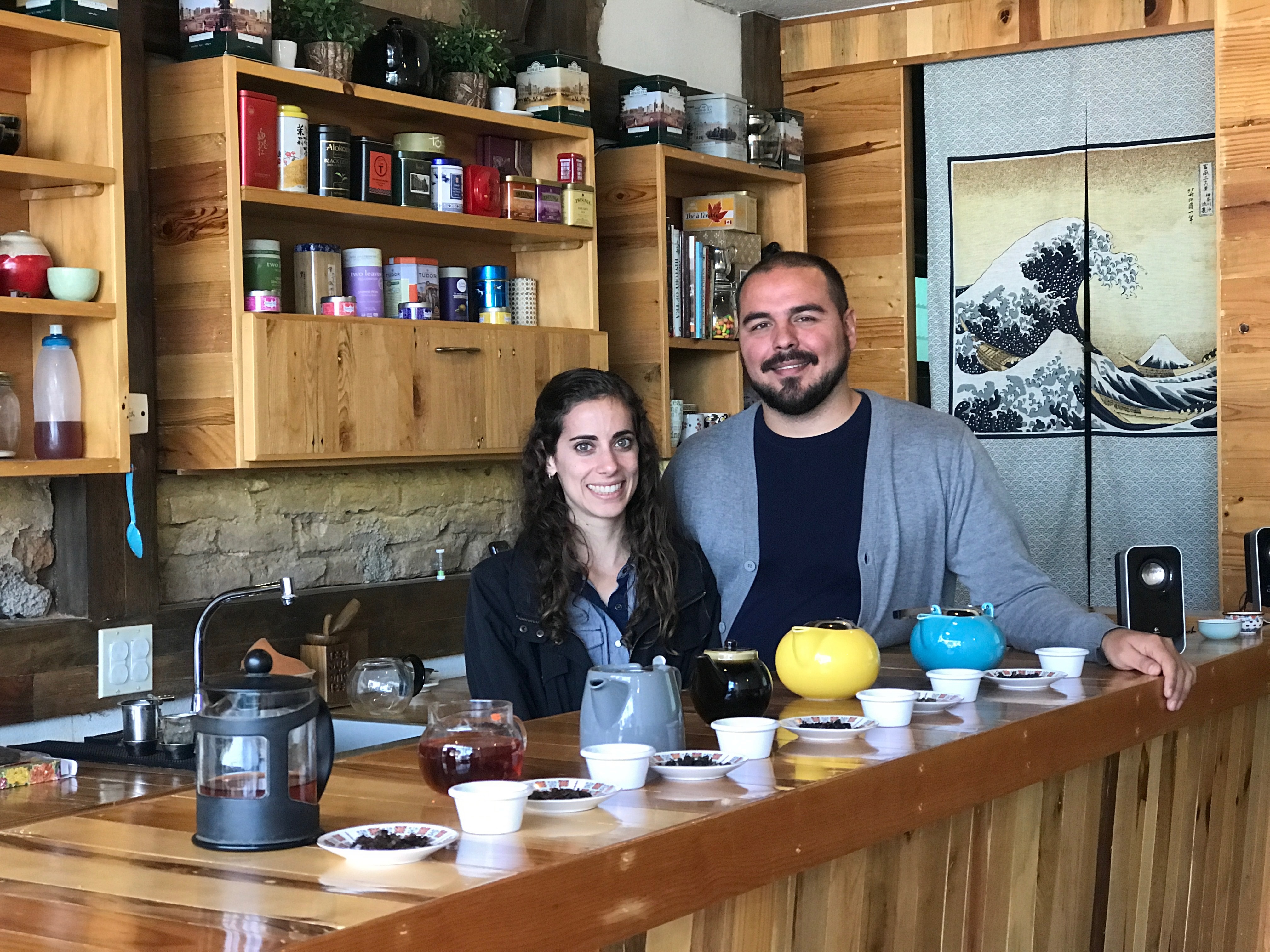
When I imagine my mother, she’s always holding cup of coffee. Her hands are square-ish, sturdy, with the calloused fingers and tiny cuts to the palms that are inherent to women who often work with fabric. (She calls herself a ‘sewist’ these days, because a ‘sewer’ is something where dirty water goes, and a ‘seamstress’ implies that she works in a hot, noisy factory.)
Coffee is one of my mother’s touchpoints. I was practically weaned on the stuff, and I have more than one memory of choosing a mug for her as a gift, making sure to pick one with a handle large enough to comfortably fit three fingers.
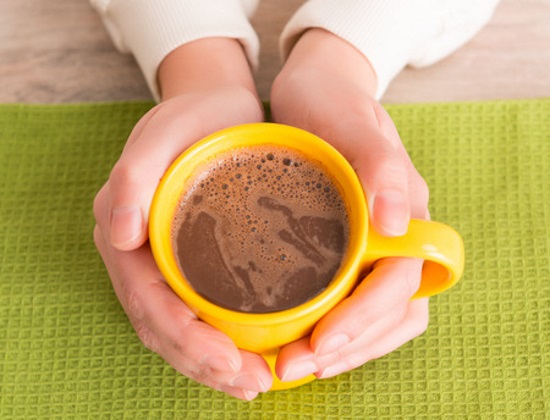
If you asked me, I would tell you that she prefers her hair short, that she likes tailored cuts the same way she likes tailored clothes, that her eyes are brown and that her brows are shaped in soft arcs, unlike mine, which are angled like flattened carats.
I can hear her voice in my head, but when I think of her, it’s her hands that I think of first. I remember (vaguely) the way her hands kept me upright when I was learning to walk, and the way her grip kept me close when we went out together.
I am familiar with the length of her fingers and the Dutch Tulip color of her nail polish and the blue tinge of the subcutaneous lump on one wrist, the remains of some childhood accident.
What I don’t remember, though, is when I became ‘too old’ to hold her hand in public, and when I finally became ‘old enough’ to reclaim the practice.
I remember holding hands with my grandmother no matter what my age was. Her hands were nothing like my mother’s. She had slender fingers, the tips slightly angled from age and arthritis, the nails incredibly strong, and ridged from base to tip.
“Your hands are so warm!” She would say, folding hers into mine, as if she could absorb all the warmth I had to offer.
“Cold hands – warm heart,” I would tease her.
(We never talked about the opposite. Did my warm hands make me somehow evil, or just mischievous?)
When we walked up and down her block, or on the beach, or wherever, my grandmother would never wrap her hands around my palm. Instead, she’d grip my fingers, mashing them together until they were crossed over each other, and circulation became impaired.
Last month, my husband I spent a few days visiting my aunt – my mother’s younger sister – and her husband in rural Connecticut, and reaching for her hand as we walked around her town, seemed like the most natural thing in the world. After years of not seeing each other, we still fit.
My aunt’s hands are a blend of my mother’s and my grandmother’s. She has long, elegant, fingers, but she also has the tell-tale signs of a person who (like me) does a lot more work with computer keys than fabric and notions (although, my mother also writes).
My hands, like my eyebrows, don’t look like any of theirs. They’re small and plump and no matter what fresh foods I eat or supplements I take, my nails are always breaking just when they’re at the ‘perfect’ length.
My grandmother died the year my parents moved to Mexico, but sometimes I’m certain that I feel her hands, so cool, so gentle, smoothing the hair away from my forehead when I’m sleeping.
My aunt lives half a continent away, but visiting her didn’t feel weird or awkward, and I would have liked more time.
And my mother. My mother is one of the two constants in my life (the other is my husband, who has musician’s hands, but this isn’t about him). Sometimes, when I visit her, and we’re walking along the malecón in La Paz, we’ll hold hands, and in those moments, I’m five years old with bouncing braids and sun-browned skin, and everything is innocent and safe.
Most of the time, when I think about my mother’s hands, they’re wrapped around a coffee cup.
Then again, most of the time, when I’m thinking about my mother’s hands… so are mine.

Image Copyright: amaviael / 123RF Stock Photo
Image Copyright: morganka / 123RF Stock Photo
About the author: Melissa A. Bartell
 Melissa is a writer, voice actor, podcaster, itinerant musician, voracious reader, and collector of hats and rescue dogs. She is the author of The Bathtub Mermaid: Tales from the Holiday Tub. You can learn more about her on her blog, or connect with her on on Facebook, Instagram, or Twitter.
Melissa is a writer, voice actor, podcaster, itinerant musician, voracious reader, and collector of hats and rescue dogs. She is the author of The Bathtub Mermaid: Tales from the Holiday Tub. You can learn more about her on her blog, or connect with her on on Facebook, Instagram, or Twitter.
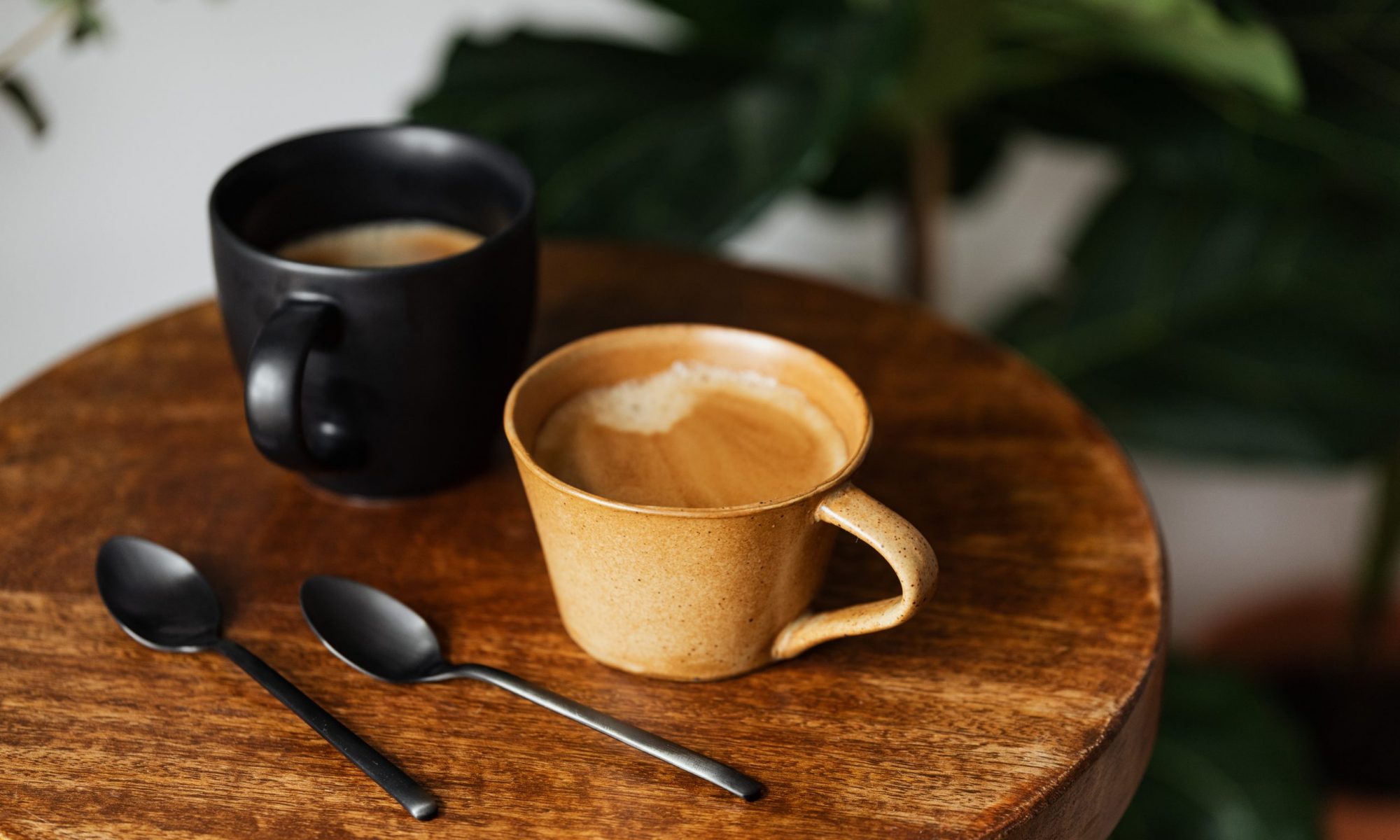


 Melissa is a writer, voice actor, podcaster, itinerant musician, voracious reader, and collector of hats and rescue dogs. She is the author of
Melissa is a writer, voice actor, podcaster, itinerant musician, voracious reader, and collector of hats and rescue dogs. She is the author of 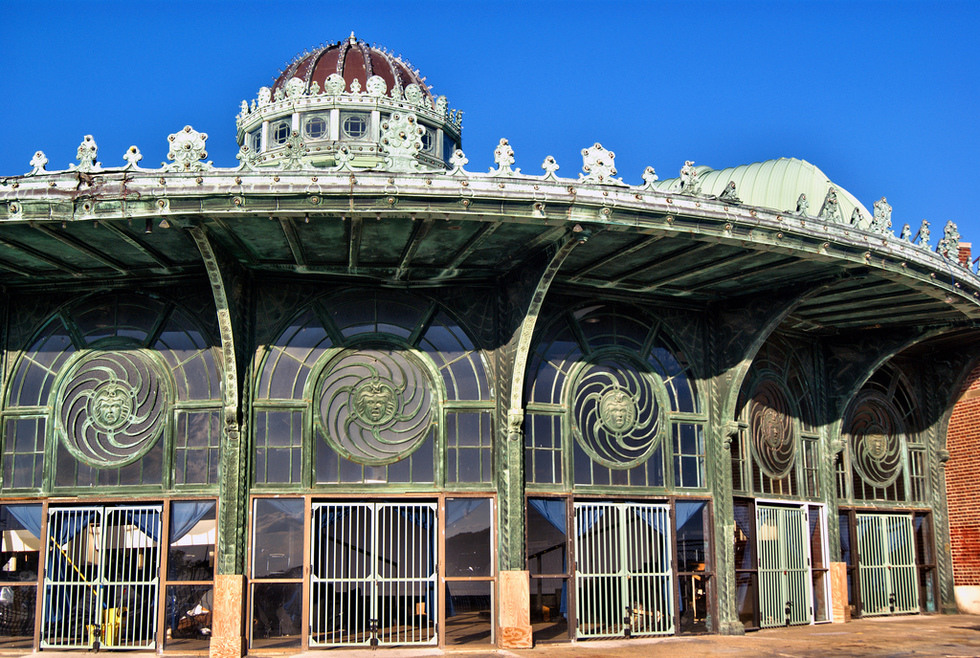

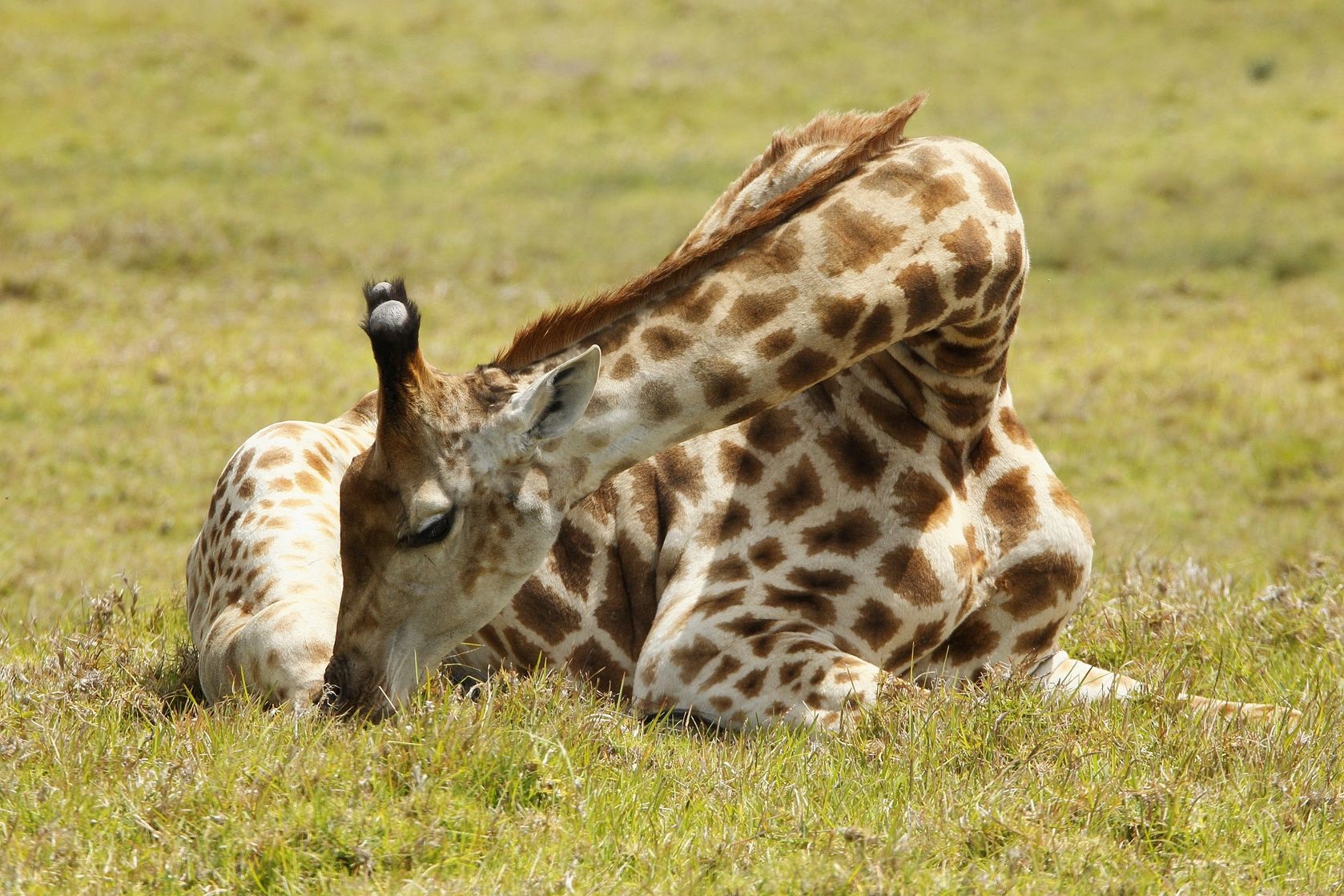
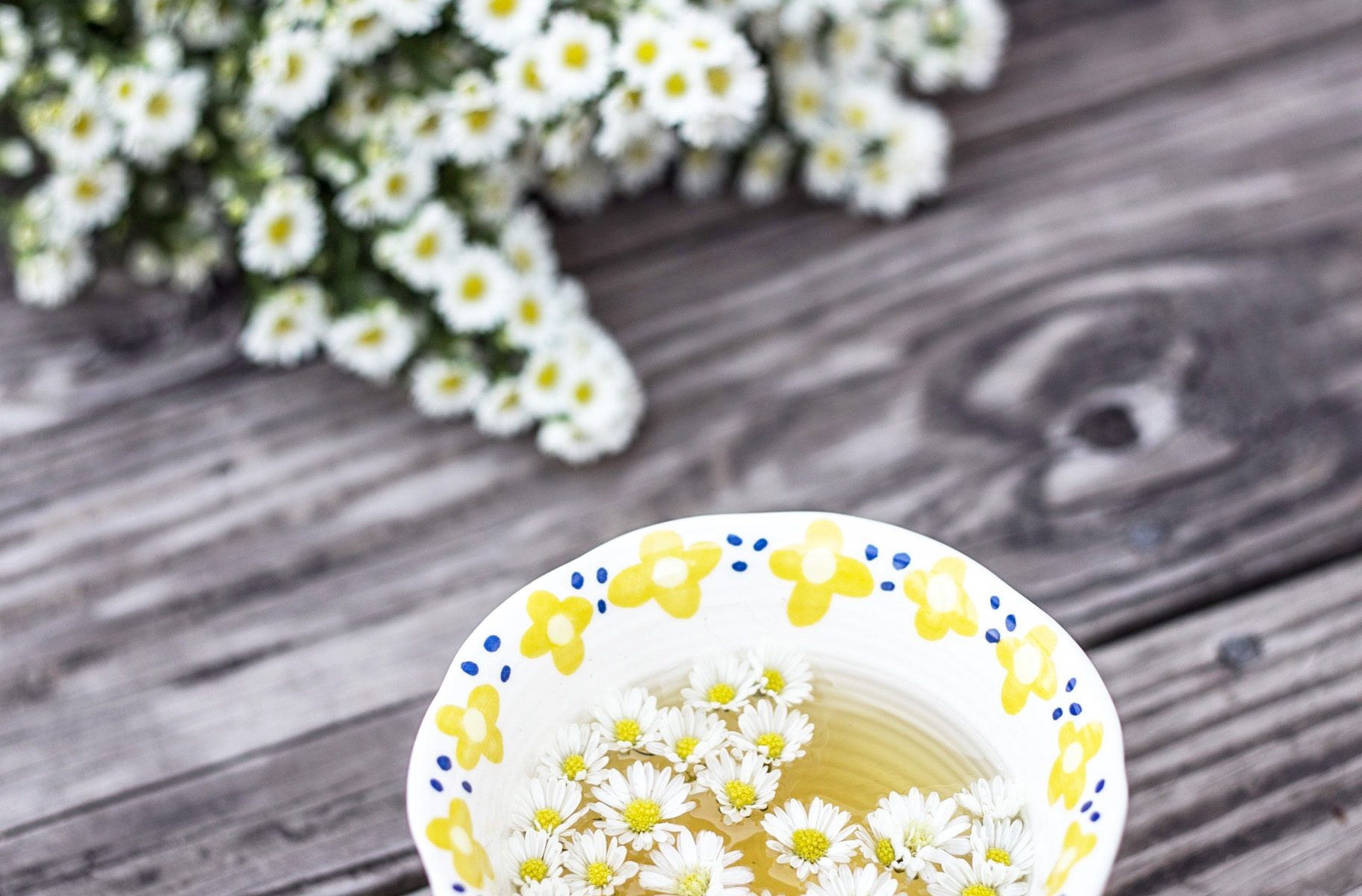
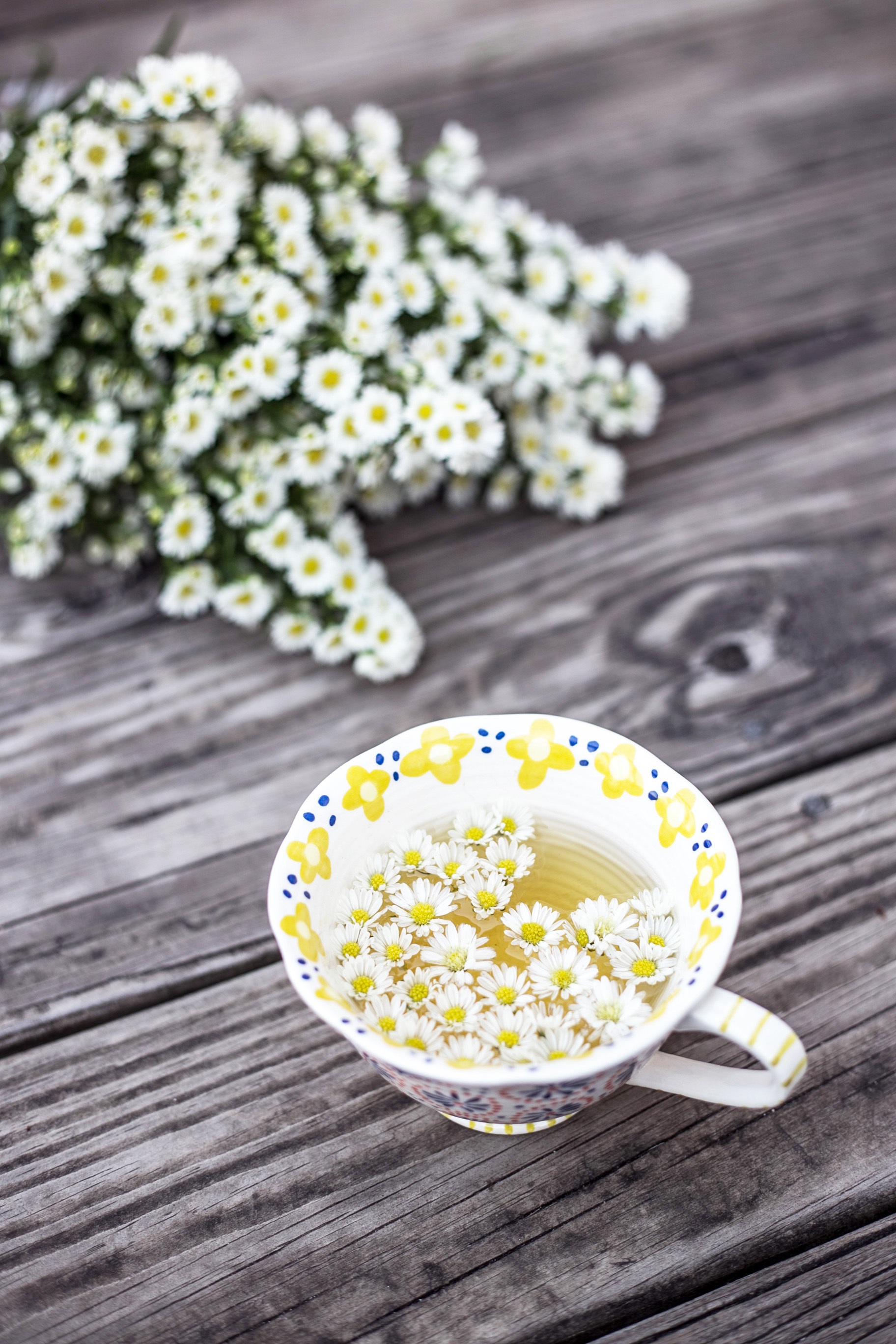 (Part IV of the Tea series, follows
(Part IV of the Tea series, follows 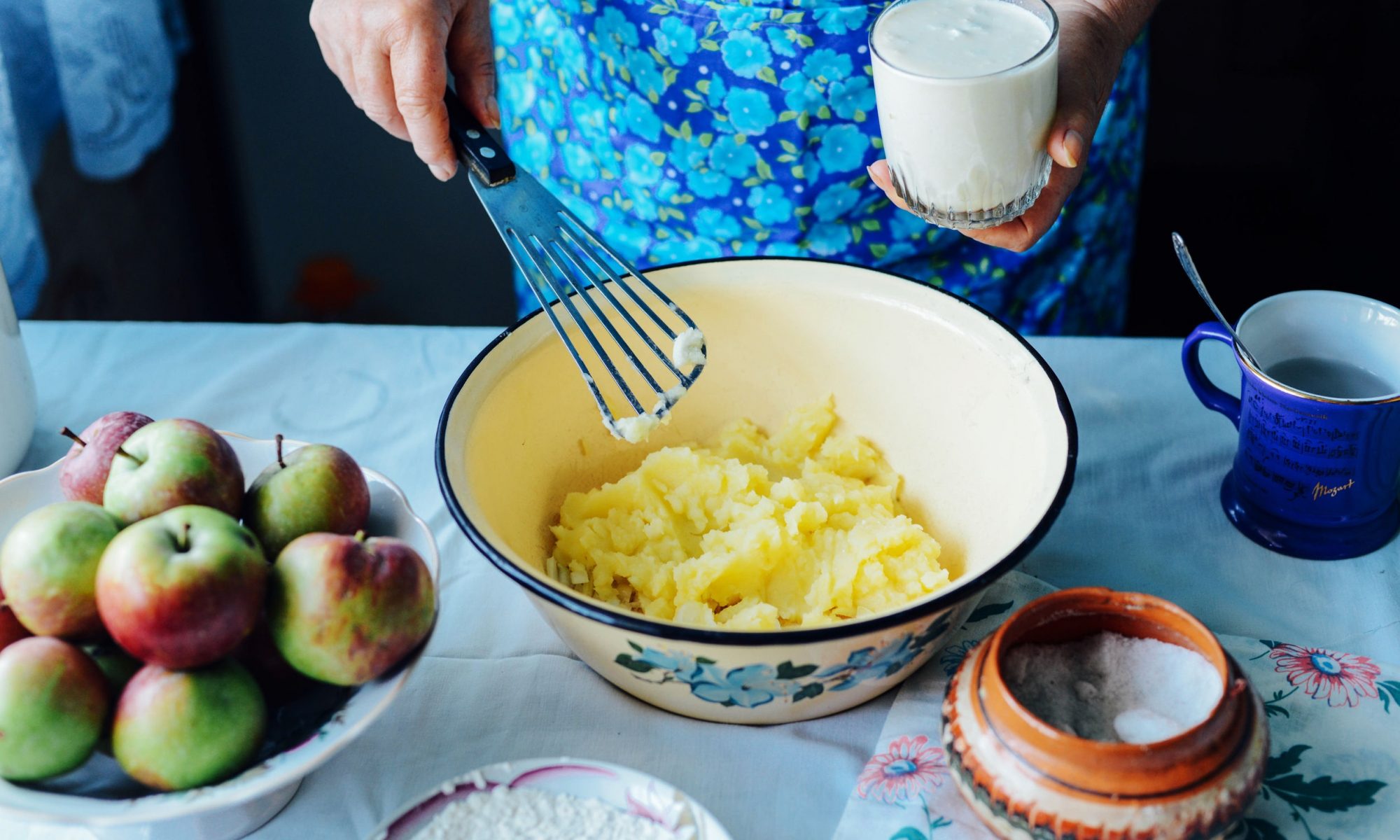
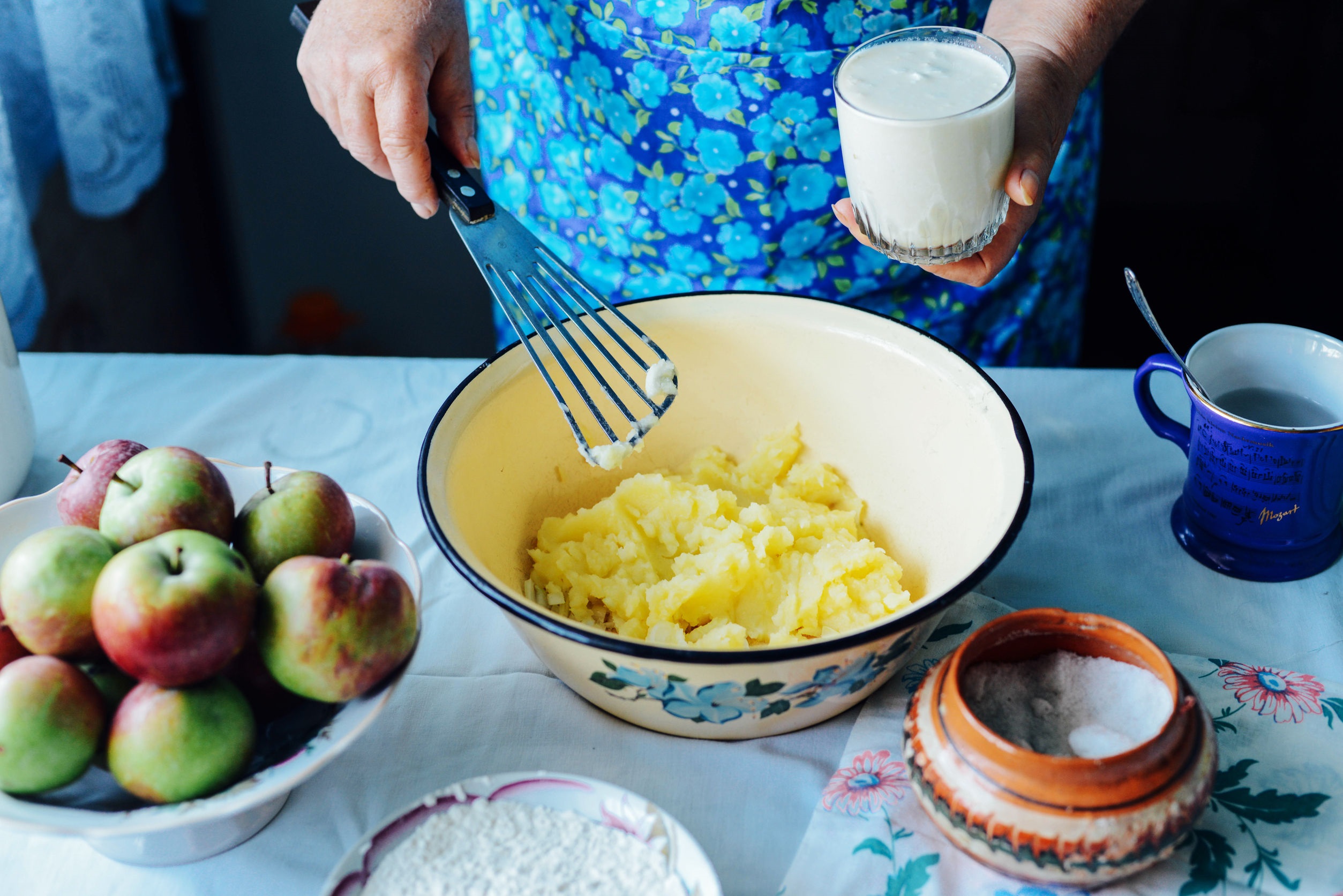
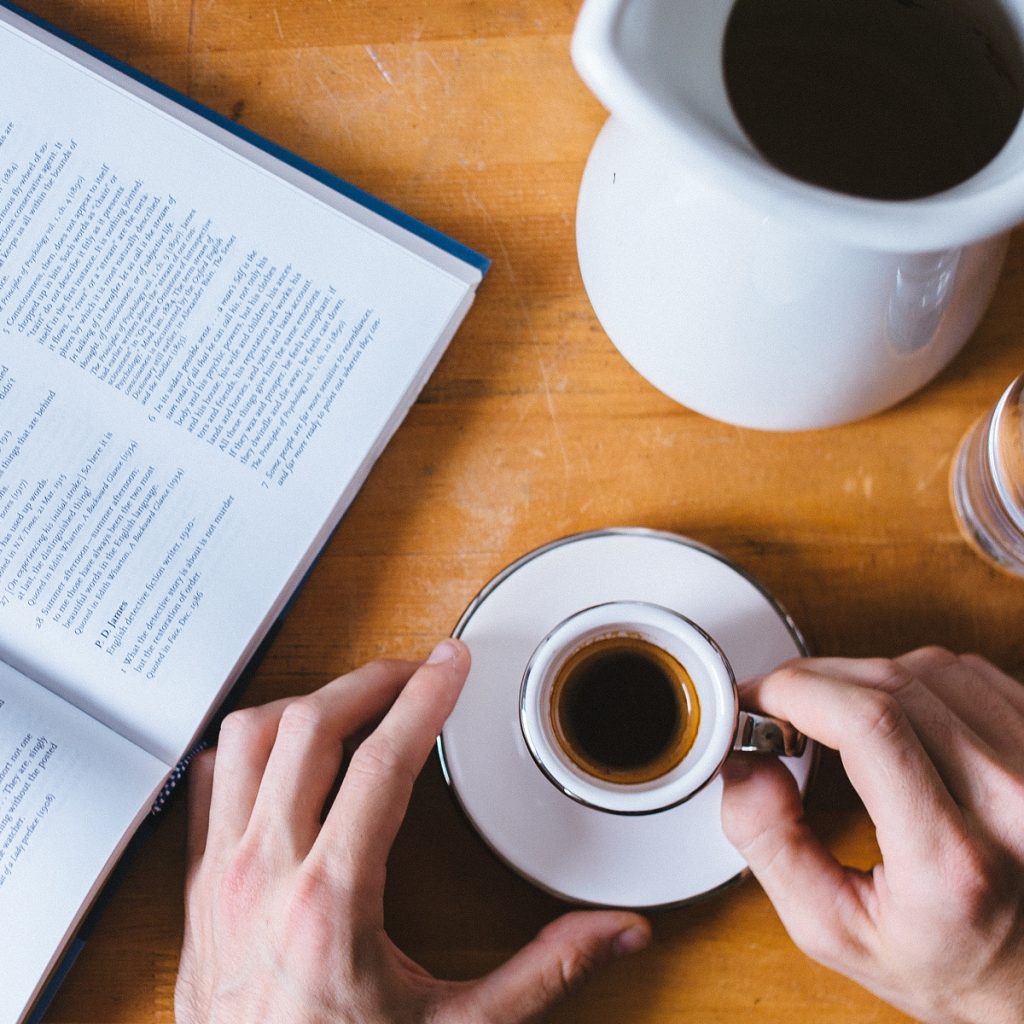

 el with my toes covered by warm sand.
el with my toes covered by warm sand.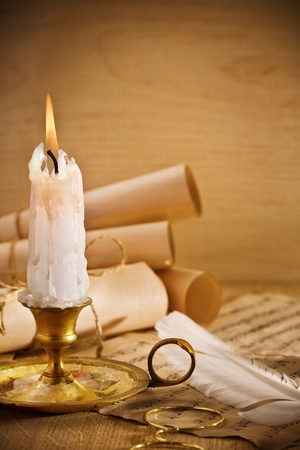 that whenever I pre-emptively light candles, we don’t lose power, even during tornadoes. As well, even the gentlest storm is made into a special experience when you add a little candle-flame.
that whenever I pre-emptively light candles, we don’t lose power, even during tornadoes. As well, even the gentlest storm is made into a special experience when you add a little candle-flame.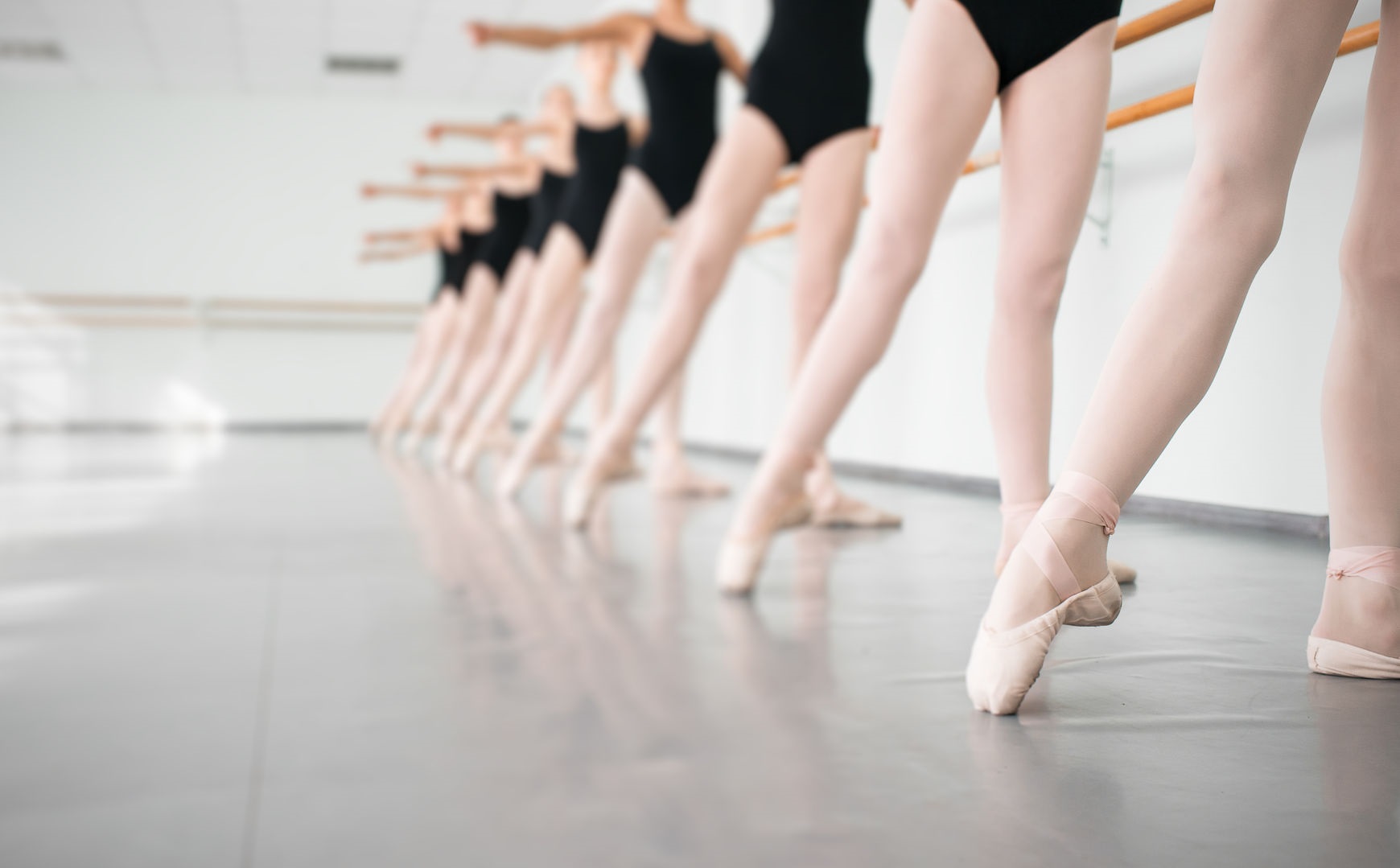



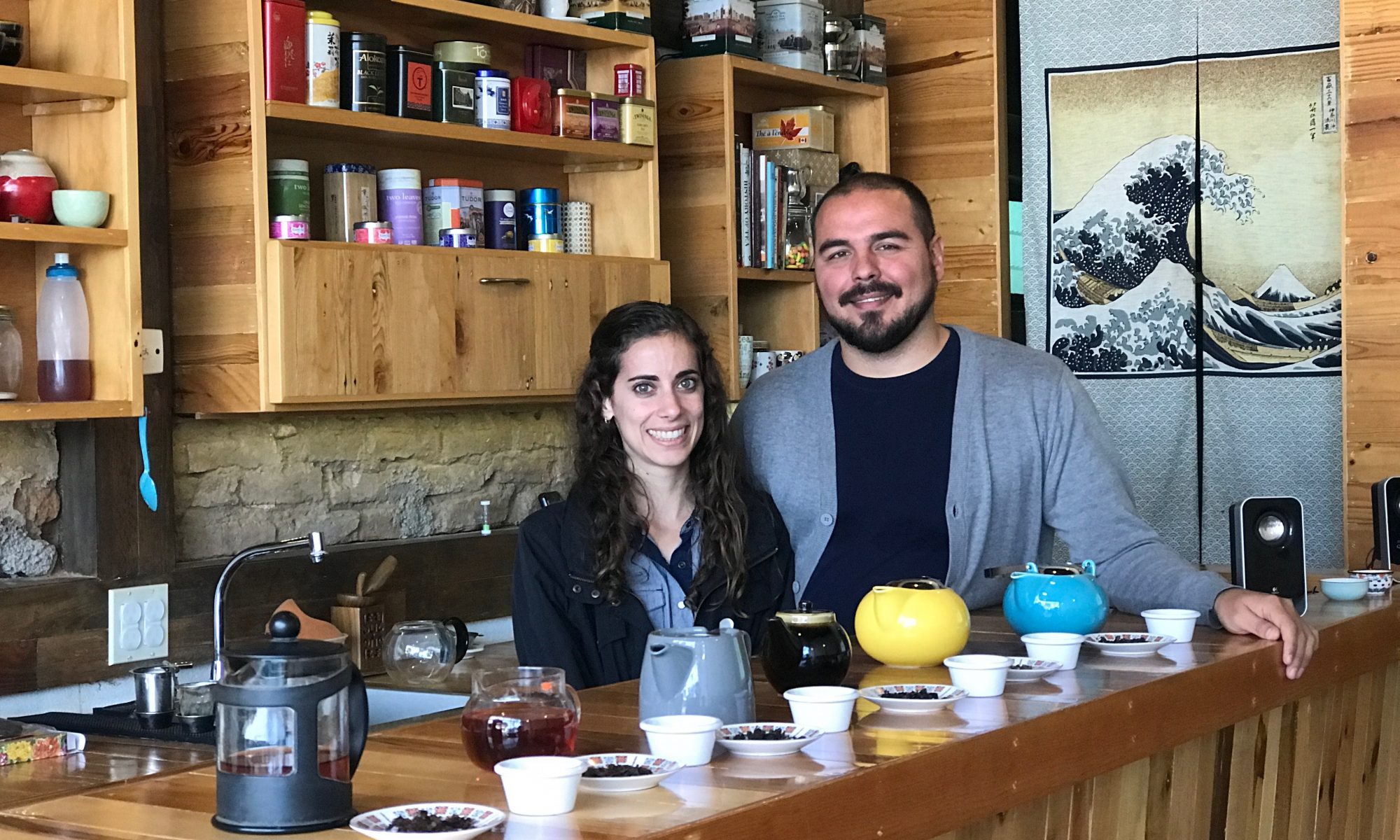

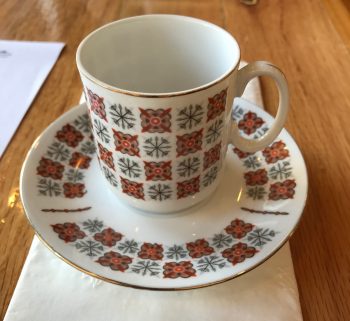 ecember 26th, 2016. It’s a chilly day in La Paz, BCS, Mexico – chilly for the tropics, anyway – about 65 degrees – and sky is overcast. I follow my mother and her friend Mary into a tiny tea shop in the heart of town, near where my parents, who retired to Baja Sur just after the millennium turned, go every weekend for breakfast and the farmers’ market.
ecember 26th, 2016. It’s a chilly day in La Paz, BCS, Mexico – chilly for the tropics, anyway – about 65 degrees – and sky is overcast. I follow my mother and her friend Mary into a tiny tea shop in the heart of town, near where my parents, who retired to Baja Sur just after the millennium turned, go every weekend for breakfast and the farmers’ market.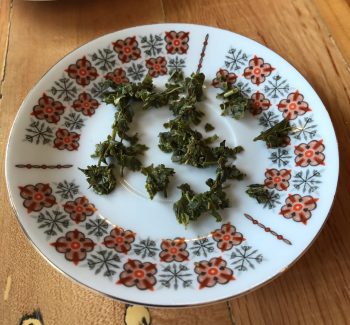 The presentation takes only ten or fifteen minutes. Hector begins by sharing that tea was originally brewed for medicinal purposes, and gradually became used as the beverage it is today. While he speaks, Inez is busy behind the counter, prepping things for the tasting session to follow. Hector is such a captivating speaker that we barely notice her bustling.
The presentation takes only ten or fifteen minutes. Hector begins by sharing that tea was originally brewed for medicinal purposes, and gradually became used as the beverage it is today. While he speaks, Inez is busy behind the counter, prepping things for the tasting session to follow. Hector is such a captivating speaker that we barely notice her bustling. We are presented with a white tea, first, and it is so pale, it might as well be just hot water, but when we sip from our lovely little cups, we are all awestruck buy the nuanced flavor. Hector tells us it’s appropriate to slurp a little when you taste tea, because that brings in air, and lets the aroma work with the flavor.
We are presented with a white tea, first, and it is so pale, it might as well be just hot water, but when we sip from our lovely little cups, we are all awestruck buy the nuanced flavor. Hector tells us it’s appropriate to slurp a little when you taste tea, because that brings in air, and lets the aroma work with the flavor. As we progress through the spectrum of tea, one of the things that we all comment upon is the incredibly short steeping time on all of these different varieties. Thirty seconds for the white teas, a minute or two for oolong, which is toward the middle in terms of strength.
As we progress through the spectrum of tea, one of the things that we all comment upon is the incredibly short steeping time on all of these different varieties. Thirty seconds for the white teas, a minute or two for oolong, which is toward the middle in terms of strength. lemon biscuits meant to serve as palate cleansers between cups. After the first two cups, Inez also places a large bowl on the table, so that if we don’t wish to finish any given cup of tea, we can dump it, in a slightly more refined version of a wine tasting (no spitting). No one uses it.
lemon biscuits meant to serve as palate cleansers between cups. After the first two cups, Inez also places a large bowl on the table, so that if we don’t wish to finish any given cup of tea, we can dump it, in a slightly more refined version of a wine tasting (no spitting). No one uses it. The last tea we sample is the one we are most familiar with: Earl Grey. Hector explains that English-style black teas often include essential oils (in this case, bergamot) to alter the flavor, or soften the bitterness or astringency.
The last tea we sample is the one we are most familiar with: Earl Grey. Hector explains that English-style black teas often include essential oils (in this case, bergamot) to alter the flavor, or soften the bitterness or astringency. Instead of overwhelming floral scents, there’s just enough of the essential oil to enhance the tea. Again, Hector comments on water temperature and steeping time. He also cautions us that these leaves are not to be re-used. In fact, this is the only tea of all the varietals we’ve been introduced to that Inez has made in a tea infuser – the glass pots made by Bodum that almost all tea-drinkers probably possess.
Instead of overwhelming floral scents, there’s just enough of the essential oil to enhance the tea. Again, Hector comments on water temperature and steeping time. He also cautions us that these leaves are not to be re-used. In fact, this is the only tea of all the varietals we’ve been introduced to that Inez has made in a tea infuser – the glass pots made by Bodum that almost all tea-drinkers probably possess.